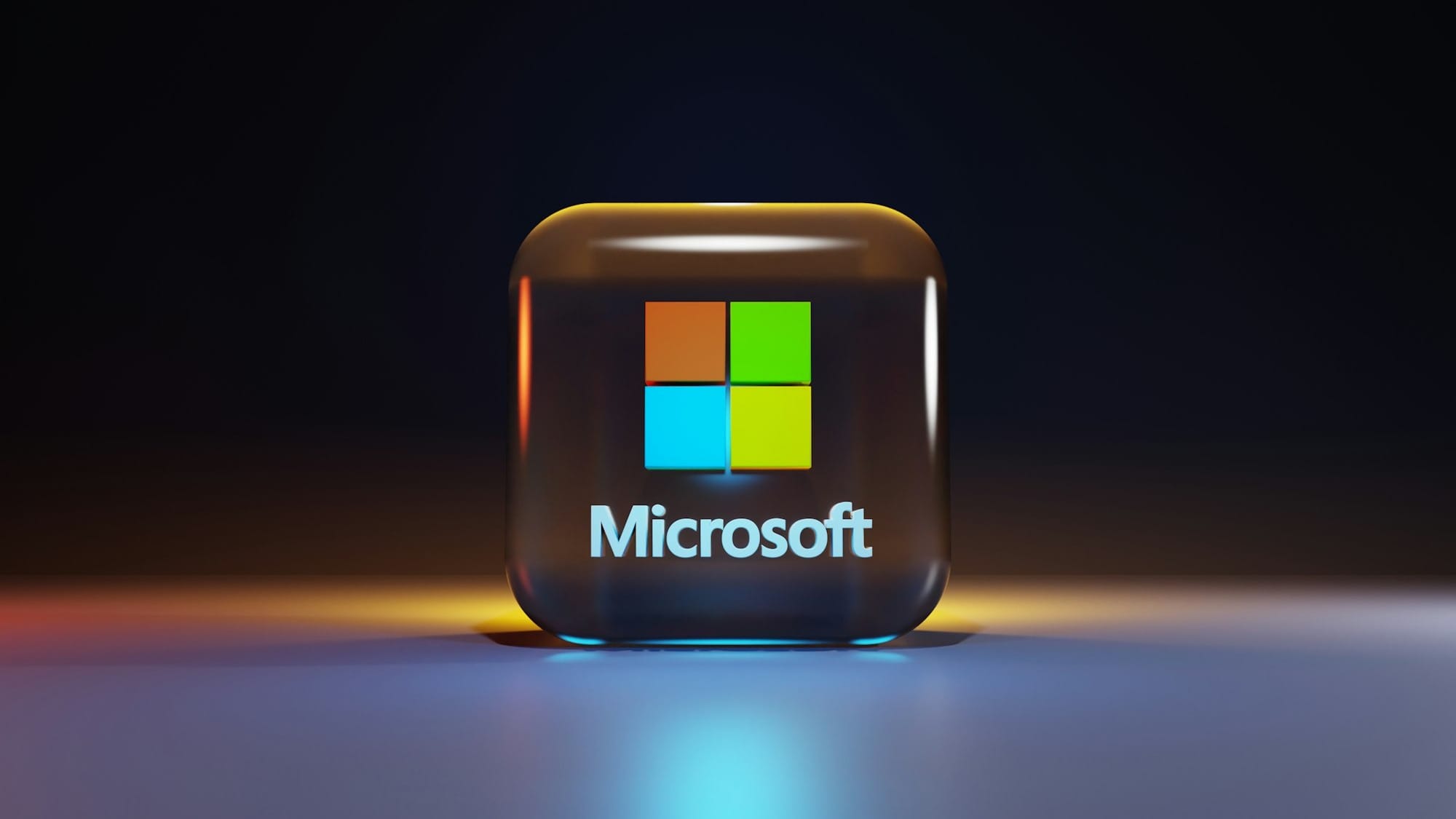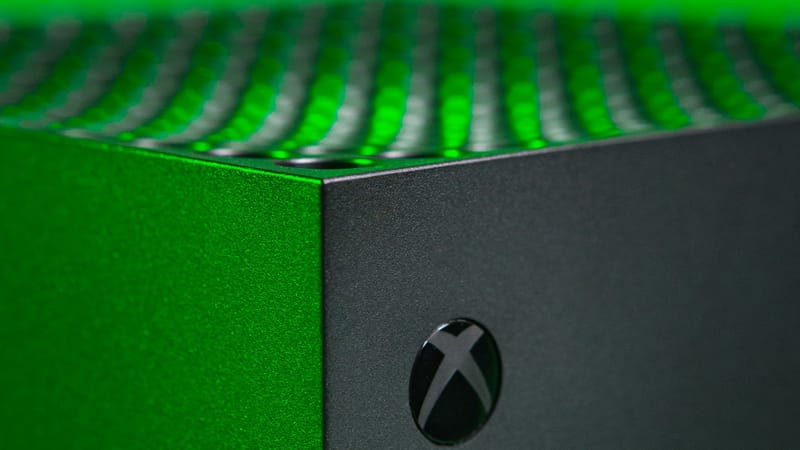Microsoft’s AI Empire: Code, Carbon and Corporate Zen
Satya Nadella’s latest shareholder letter reads less like a corporate update and more like a manifesto for an empire built on silicon, spreadsheets, and self-belief.

Microsoft, he says, is “thinking in decades while executing in quarters,” a poetic way of explaining why the company is spending billions to make AI not just its product but its personality.
The company delivered record results this year, with Azure revenue climbing to around $75 billion and total revenue at $281.7 billion. The line between cloud services and AI platforms has officially blurred. Nadella insists Microsoft is leading a generational shift in technology, transforming from software seller to infrastructure overlord.
The real kicker? Around 30% of Microsoft’s code is now written by AI. The machines are officially helping build themselves. That statistic alone tells you how radically the ground is shifting beneath the tech industry.
A Company in Capital-Heavy Enlightenment
Microsoft is deep into the capital-intensive era of big tech, where success means spending first and explaining later. Capital expenditure now sits near a third of total sales, a number more typical of a power utility than a software company. Nadella’s long game is clear: own the stack, from chips to cloud to Copilot.
The company is building hyperscale data centres at a pace that would make a city planner sweat, while simultaneously assuring investors it can do this sustainably. In its latest sustainability update, Microsoft reported reusing or recycling 90.9% of servers and components and hitting its zero-waste milestone early. A neat bit of symmetry for a firm whose energy appetite could rival a small country’s.
Nadella also loves a paradox. He writes that Microsoft must “earn its permission to operate every day,” even as it lays off more than 15,000 employees to pay for its AI expansion. Growth mindset for some, pink slips for others
The Money, The Message
Nadella himself made about $96.5 million last year, a figure that speaks less to salary and more to stock confidence. Most of his pay is performance-based, tied to the company’s AI transformation. The market seems to agree. Microsoft’s valuation continues to hover in the $3 trillion stratosphere, and its grip on the enterprise cloud world only tightens.
Behind that optimism lies a quieter anxiety. AI infrastructure is expensive, power-hungry, and politically tricky. Regulators are already sniffing around Big Tech’s environmental footprints, and local governments are beginning to push back on data-centre energy use. The same week Microsoft bragged about its recycled servers, environmental groups were asking pointed questions about water use in its Arizona sites.
Still, Nadella’s tone suggests this is all part of the plan. Every generation of Microsoft has had its mission: Windows, then cloud, now AI. What makes this era different is the physicality of it all. The company that once sold downloadable software is now pouring concrete, wiring turbines, and building what amounts to an electricity empire.
Things That Catch at the Edges
The shareholder letter hints at a few contradictions worth watching. Infrastructure is heavy and slow, but investors still expect tech-speed returns. Microsoft is touting sustainability while building data centres that will demand more power each quarter. And the culture of “learn-it-all” doesn’t always sit comfortably with large-scale redundancies.
Yet, for all the contradictions, the narrative is coherent: Microsoft is no longer just a software vendor. It is a platform that builds platforms. Its customers are not users but economies. And Nadella, the soft-spoken engineer turned philosopher-CEO, is quietly orchestrating a future where the company doesn’t just power the digital world — it owns the infrastructure that makes it possible.
This year’s letter wasn’t really about numbers. It was about positioning. Microsoft wants to be indispensable to AI in the same way it was to the PC revolution. The difference is scale. Software once ran on desktops; now it runs on the grid.
In other words, Microsoft is done selling code. It’s selling the planet’s next nervous system.






